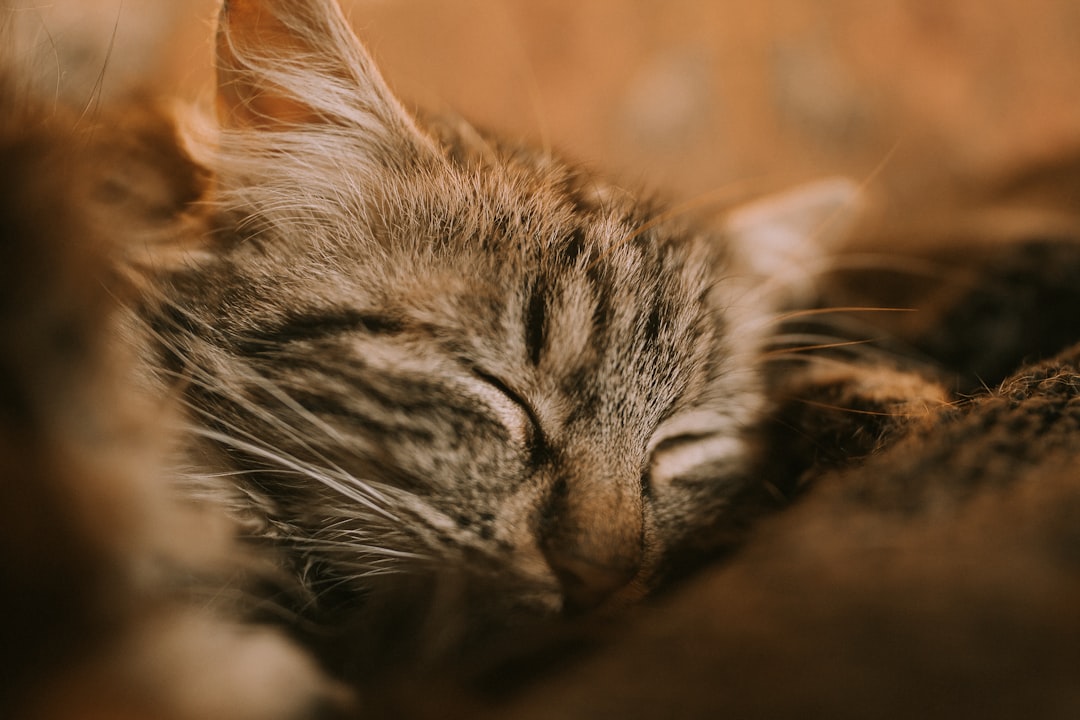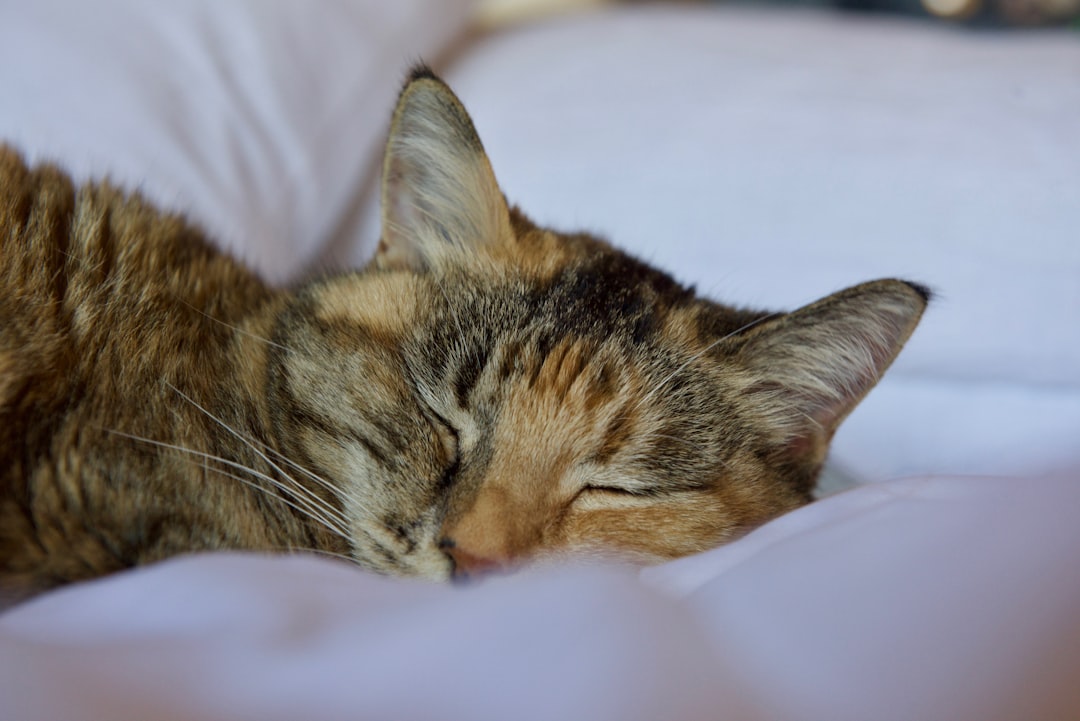Keeping your feline clean and happy requires the right grooming products, and choosing the best cat shampoo plays a vital role in this process. With numerous types of shampoos available, it’s essential to understand their ingredients and effectiveness on your cat’s unique coat and skin needs. Moreover, the bathing experience can significantly affect your cat’s comfort and well-being. Therefore, knowing how to select the appropriate shampoo, along with effective bathing techniques, ensures a stress-free experience for both you and your pet. Embrace the journey toward optimal cat grooming by diving into the essentials of cat shampoo selection.
Understanding the Importance of Cat Shampoo
Maintaining your cat’s hygiene is essential for their health and happiness, and this is where cat shampoo comes into play. Regular grooming not only keeps your feline friend looking good, but it also has several benefits:
- Removes Dirt and Debris: Cats can pick up dirt, allergens, and other irritants in their fur. Using cat shampoo helps eliminate these substances.
- Reduces Shedding: Bathing with the right cat shampoo can help manage loose fur, reducing the amount of hair around your home.
- Promotes Healthy Skin: A quality cat shampoo nourishes the skin and prevents dryness, itching, or hot spots.
Key Reasons to Use Cat Shampoo:
- Allergy Control: Helps minimize allergens that can affect both pets and humans.
- Odor Elimination: Effectively neutralizes odors, leaving your cat smelling fresh.
- Enhances Bonding: Bath time can strengthen your bond, providing a comforting experience for both you and your pet.
In conclusion, using the appropriate cat shampoo contributes significantly to your cat’s overall well-being, making it an invaluable part of their grooming routine.

Types of Cat Shampoo Available
Choosing the right Cat Shampoo is essential for maintaining your cat’s fur and skin health. Here are the main types of Cat Shampoo available on the market:
Regular Cat Shampoo:
- This is suitable for routine baths.
- It cleans away dirt, oil, and loose fur without stripping natural oils.
Medicated Cat Shampoo:
- Specifically formulated to treat skin conditions like allergies or infections.
- Consult your vet before using.
Waterless Cat Shampoo:
- Ideal for quick clean-ups and cats that dislike water.
- It usually comes in a foam or spray and requires no rinsing.
Hypoallergenic Cat Shampoo:
- Perfect for sensitive cats that may react to standard products.
- These shampoos contain gentle ingredients to prevent irritation.
Deodorizing Cat Shampoo:
- Designed to fight persistent odors.
- Often includes fragrances to leave your cat smelling fresh.
When selecting a Cat Shampoo, consider your cat’s lifestyle and specific grooming needs. Each type caters to different requirements, ensuring your feline stays clean and happy!
Ingredients to Look for in Cat Shampoo
When selecting the right cat shampoo, understanding the ingredients is crucial for your feline’s health and comfort. Here are the key components to consider:
- Natural Ingredients: Look for shampoos made with natural ingredients like aloe vera and oatmeal. These are gentle on your cat’s skin and help soothe irritation.
- pH-Balanced Formula: Cats have a different skin pH than humans. Choose a shampoo specifically formulated for cats, ensuring it’s pH-balanced to prevent skin issues.
- Hypoallergenic Options: If your cat has sensitive skin, opt for hypoallergenic cat shampoo. This will minimize the risk of allergies or reactions.
- No Harsh Chemicals: Avoid shampoos with sulfates, parabens, or synthetic colors. These can lead to skin irritations and discomfort.
- Essential Oils: Some cat shampoos contain essential oils like lavender or neem, which can provide additional benefits like calming effects or insect repellent properties.
By focusing on these ingredients, you’ll choose a cat shampoo that keeps your furry friend clean, happy, and healthy! Investing time to read labels pays off in your cat’s overall well-being.
How to Choose the Right Shampoo for Your Cat
Selecting the right Cat Shampoo can significantly impact your cat’s hygiene and happiness. Here are some crucial factors to consider when making your choice:
Skin Sensitivity: If your cat has sensitive skin, opt for hypoallergenic or fragrance-free shampoos. Check for labels that state "dermatologist tested" or "for sensitive skin."
Coat Type: Different cats have various coat types. Use a shampoo designed for:
- Short-haired cats (deodorizing and cleansing)
- Long-haired cats (moisturizing and detangling)
Health Concerns: If your cat suffers from allergies, opt for medicated Cat Shampoo that targets specific issues, such as itchiness or flea control.
Natural Ingredients: Look for shampoos with natural ingredients like oatmeal, aloe vera, or chamomile, which soothe the skin and provide nourishment.
Here’s a quick comparison:
| Feature | Hypoallergenic Shampoo | Medicated Shampoo | Natural Shampoo |
|---|---|---|---|
| Skin Sensitivity | Excellent | Good | Moderate |
| Coat Type Support | All types | Specialized | All types |
| Chemical-Free | Yes | Sometimes | Yes |
By focusing on these points, you’ll find the perfect Cat Shampoo to keep your feline clean and comfortable!

Tips for Bathing Your Cat Effectively
Bathing your cat can be a challenging task, but with some preparation and the right approach, you can make it a smoother experience. Here are essential tips for successfully bathing your feline friend using cat shampoo:
- Choose the Right Time: Pick a moment when your cat is calm, such as after a play session or meal. This helps reduce stress.
- Gather Supplies: Before starting, have everything ready, including cat shampoo, towels, a non-slip mat, and a cup for rinsing.
- Brush First: Gently brush your cat’s fur to remove tangles and loose hair. This makes bathing easier and more effective.
- Use Lukewarm Water: Fill your sink or tub with lukewarm water, as extremely hot or cold water can distress your cat.
- Gradual Wetting: Start by wetting your cat’s fur gradually with a cup. Avoid their head initially to prevent panic.
- Apply Cat Shampoo: Use a pet-specific cat shampoo, applying it evenly while avoiding the eyes and ears. Rinse thoroughly.
- Calm and Reassure: Throughout the process, speak soothingly to your cat to help keep them relaxed.
By following these tips, you can create a positive bathing experience for your cat while ensuring they stay clean and comfortable with the best cat shampoo.
Common Mistakes to Avoid When Bathing Cats
Bathing your cat can be a daunting task. However, avoiding common mistakes can lead to a more comfortable experience for both you and your feline friend. Here are some pitfalls to watch out for:
Skipping the Brush: Always brush your cat before bath time. This helps remove loose hair and tangles, making the process smoother.
Using Human Shampoo: Never use human shampoo on your cat. Choose a cat shampoo specifically formulated for their skin.
Ignoring Water Temperature: Use lukewarm water. Water that’s too hot or cold can make your cat uncomfortable.
Rushing the Process: Take your time. Cats may become stressed if rushed, leading to a negative experience.
Neglecting Rinse Thoroughly: Ensure all shampoo is rinsed completely. Residue can irritate your cat’s skin.
Omitting Post-bath Care: After bathing, allow your cat to dry in a warm area, and consider giving a light brush to remove any remaining loose hairs.
By avoiding these common mistakes, you can make bath time a more pleasant experience, ensuring your cat feels comfortable and enjoys using their cat shampoo!
Aftercare and Grooming Recommendations
After using Cat Shampoo on your feline friend, the right aftercare and grooming make a significant difference in maintaining their coat’s health. Here are some essential tips to consider:
Drying: Gently towel dry your cat after bathing. Avoid using a hairdryer, as the noise can scare them.
Brushing: Once the coat is dry, use a soft brush to remove loose hair and prevent matting. This also helps distribute natural oils, ensuring a shiny coat.
Hydration: Ensure your cat remains hydrated. Offer fresh drinking water and monitor their intake, particularly if you’ve stressed them during bathing.
Regular Grooming: Incorporate grooming sessions into your routine. Aim for:
Frequency Recommendation Short-hair Once a week Long-hair Every few days Check for Skin Issues: After bathing, inspect your cat’s skin for any signs of irritation or unusual lumps. If you notice anything unusual, consult your vet.
Following these aftercare tips post-bathing with Cat Shampoo not only keeps your furry friend clean but also enhances their comfort and overall well-being.

Conclusion: Maintaining Your Cat’s Hygiene and Comfort
Keeping your cat clean and comfortable significantly contributes to their overall well-being. By integrating a proper grooming routine and selecting the right cat shampoo, you can ensure your feline remains healthy, happy, and odor-free.
Here are some key takeaways to maintain your cat’s hygiene:
- Regular Baths: Depending on your cat’s lifestyle, give them a bath every few weeks using a high-quality cat shampoo.
- Grooming Tools: Invest in grooming tools like brushes and combs to help minimize shedding and matting.
- Observe Behavior: Pay attention to your cat’s reactions during bathing. This helps you adjust your technique for a more pleasant experience.
- Hydration and Diet: A balanced diet and plenty of water also contribute to a healthy coat, reducing the need for frequent baths.
By making these practices routine, you encourage a healthier coat and skin, ensuring that your cat feels their best. After all, a well-groomed cat is a happy cat!
Frequently Asked Questions
What should I look for in a cat shampoo?
When searching for a cat shampoo, it’s crucial to choose a product specifically formulated for cats. Look for natural ingredients that are gentle on a cat’s skin and coat. Avoid shampoos with harsh chemicals or fragrances that may irritate their sensitive skin. Also, consider whether the shampoo is intended for your cat’s particular needs, such as shedding, dryness, or odor control. It’s best to opt for a pH-balanced shampoo tailored for feline use.
How often should I bathe my cat?
Bathing frequency for cats largely depends on their lifestyle and coat condition. Generally, indoor cats that groom themselves well may only need a bath every few months. However, cats with longer fur or those prone to skin issues may require more frequent baths. Keep in mind that excessive bathing can strip natural oils from their skin, leading to dryness. Regular brushing can often help keep your cat clean without the need for frequent baths.
Can I use human shampoo on my cat?
No, it is not advisable to use human shampoo on cats as it can disrupt their skin’s natural barrier. Human shampoos are often formulated for a different pH level than cat shampoos, which could lead to skin irritations and allergic reactions. Cats have sensitive skin, and using products not designed for them can cause discomfort or health problems. It’s best to stick to shampoos that are specifically designed for cats to ensure their safety and well-being.
How can I help my cat get used to bathing?
To help your cat acclimatize to bathing, start by making the experience as comfortable as possible. Use a non-slip mat in the tub to prevent slipping, and fill the tub with a shallow layer of warm water. Introduce your cat to bathing gradually, perhaps by allowing them to explore the tub without water first. You can also use treats and gentle praise during the process to create positive associations. Make the bath quick and use a gentle shampoo to reduce stress.



